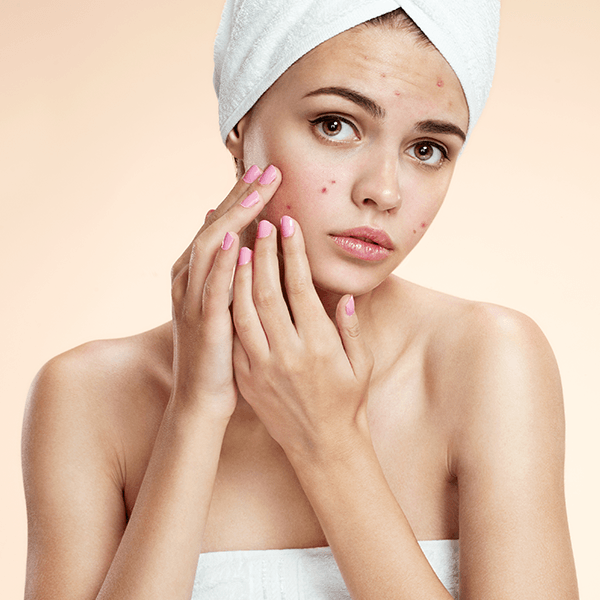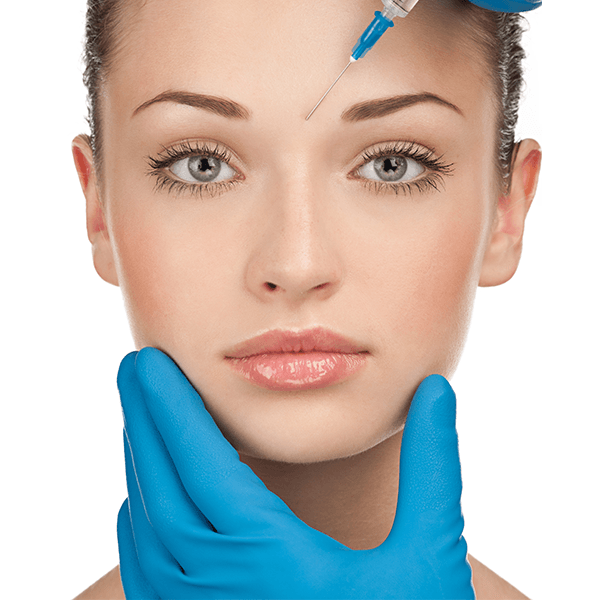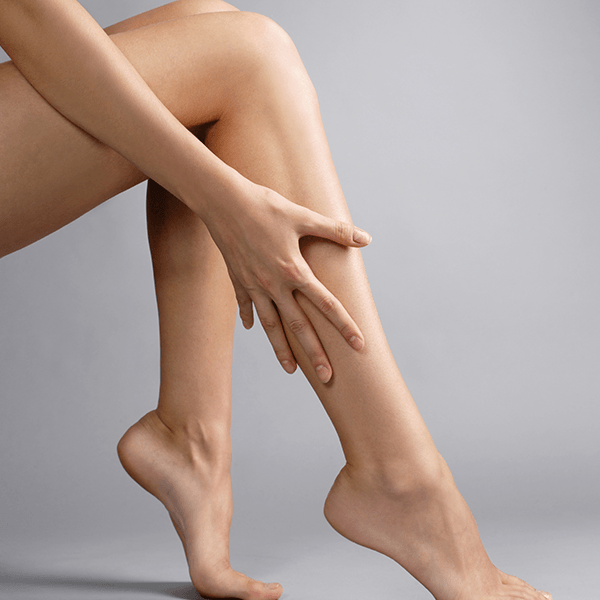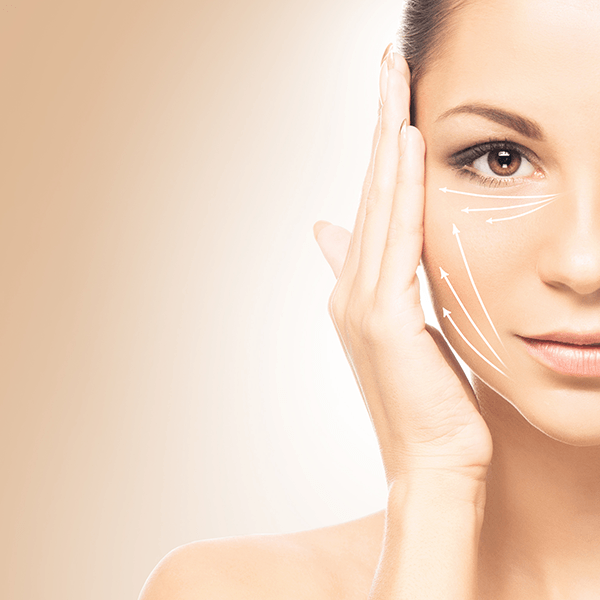ACNE TREATMENT
Acne Treatment
Blue Light Treatment with Levulan!
When we combine the latest in Laser Acne treatments to fight acne / acne scar tissue (including Photodynamic Therapy - a treatment with the efficacy of Accutane for severe acne but without the risks), Blue Light treatments, Microdermabrasion and Acne Fighter facials, your acne doesn't stand a chance!
Our IPL system provides acne treatment by sending intense light through the skin that is of a wavelength specific for killing acne bacteria and drying up overactive oil glands. Because the light is specifically tuned for acne and oil glands, IPL acne treatment does not cause skin or other tissue damage. Since no harm is done to the surrounding tissue, there is minimal pain and redness after the procedure. Our patients go right back to work or class after the treatment.
Condition Treated: Moderate persistent acne in teens and adults.
The Remedy: Application of Levulan, which is activated by Blue Light.
Results: Destroys most common bacteria that cause acne.
Effective Series of Treatments Consist of: 8 Treatments.
Treatment Interval: Twice a week for 4 weeks.
Treatment Time: 20 minutes.
Recovery Time: Client must stay out of sunlight for 24 hours. There may be slight redness for 1-2 days.
Photodynamic Therapy - a treatment with the efficacy of Accutane for severe acne but without the risks
Photodynamic Therapy (levulan plus Blue Light Treatment)?
Photodynamic therapy (PDT) is a medical treatment that uses a photosensitizing drug (a drug that becomes activated by light exposure) and a light source to activate the applied drug. The result is an activated oxygen molecule that can destroy nearby cells. Precancerous cells and certain types of cancer cells can be treated this way. The procedure is easily performed in a physician's office or outpatient setting.
PDT essentially has three steps. First, a light-sensitizing liquid, cream, or intravenous drug (photosensitizer) is applied or administered. Second, there is an incubation period of minutes to days. Finally, the target tissue is then exposed to a specific wavelength of light that then activates the photosensitizing medication.
Steps:
- Application of photosensitizer drug
- Incubation period
- Light activation
Although first used in the early 1900s, PDT in the modern sense is a fairly new, evolving science. Current PDT involves a variety of incubation times for the light-sensitizing drug and a variety of light sources depending on the target tissue. The basic premise of PDT is selective tissue destruction. Although the photosensitizer may be absorbed all over by many cells, atypical or cancerous cells take up more of the drug and retain the drug for a longer duration than normal tissues.
At present, the primary limitation of available PDT techniques is the depth of penetration of the light and ability to target cells within at most 1/3 of an inch (approximately 1 cm) of the light source. Therefore, tumors or atypical growths must be close to the surface of the skin or treatment surface for PDT to work.
PDT is currently used in a number of medical fields including oncology (cancer), dermatology (skin), and cosmetic surgery.
In oncology, it is FDA approved for non-small cell lung cancer, esophageal cancer, and precancerous changes of Barrett's esophagus. Its use is also being further investigated through clinical trials in general oncology for conditions including cancers of the cervix (mouth of uterus), prostate gland, brain, and peritoneal cavity (the abdominal space that contains the stomach, liver, and internal organs).
Questions About Acne Treatment inSimi Valley & Northridge?Request Your Complimentary Consultation Today!
Book Online
Call at
805-526-3365
What We OfferTreatments
-
Acne Treatment
Learn More » -
Botox
Learn More » -
Weight Loss
Learn More » -
Ultherapy
Learn More » -
Laser Hair Removal
Learn More » -
IPL Photo Facial
Learn More » -
Fillers
Learn More » -
Micro Needling
Learn More »









